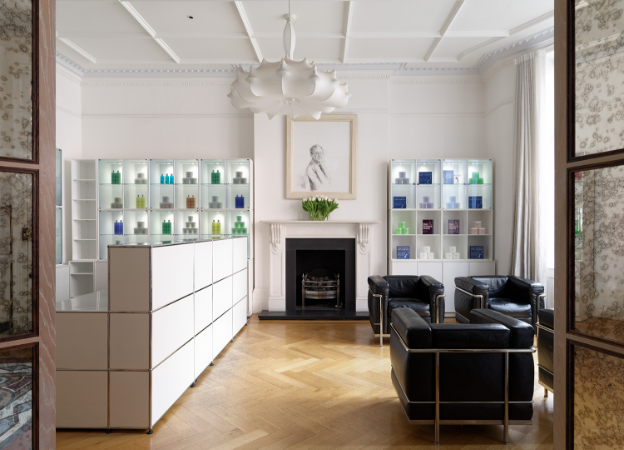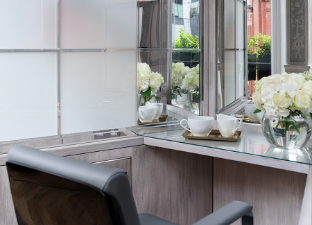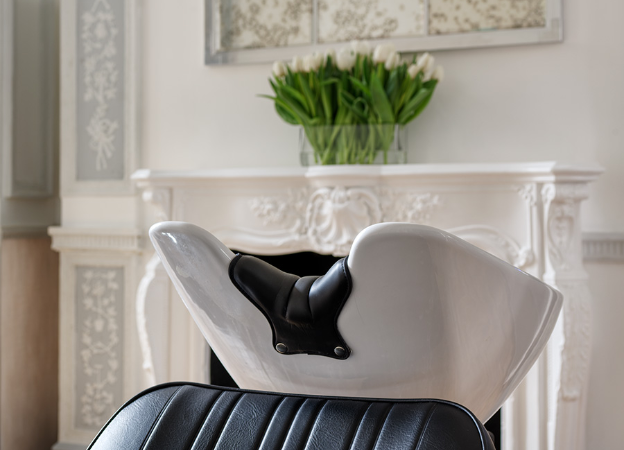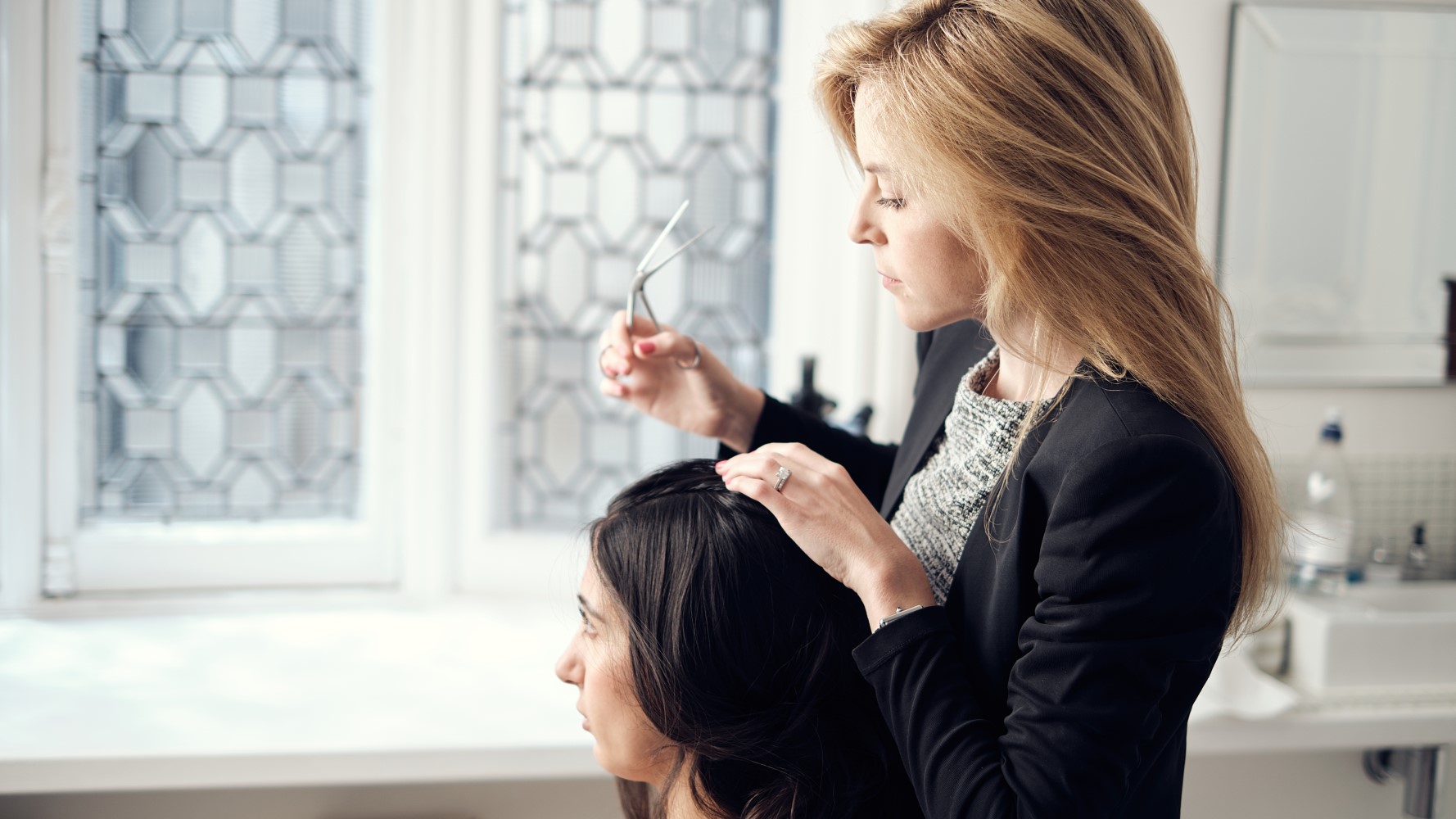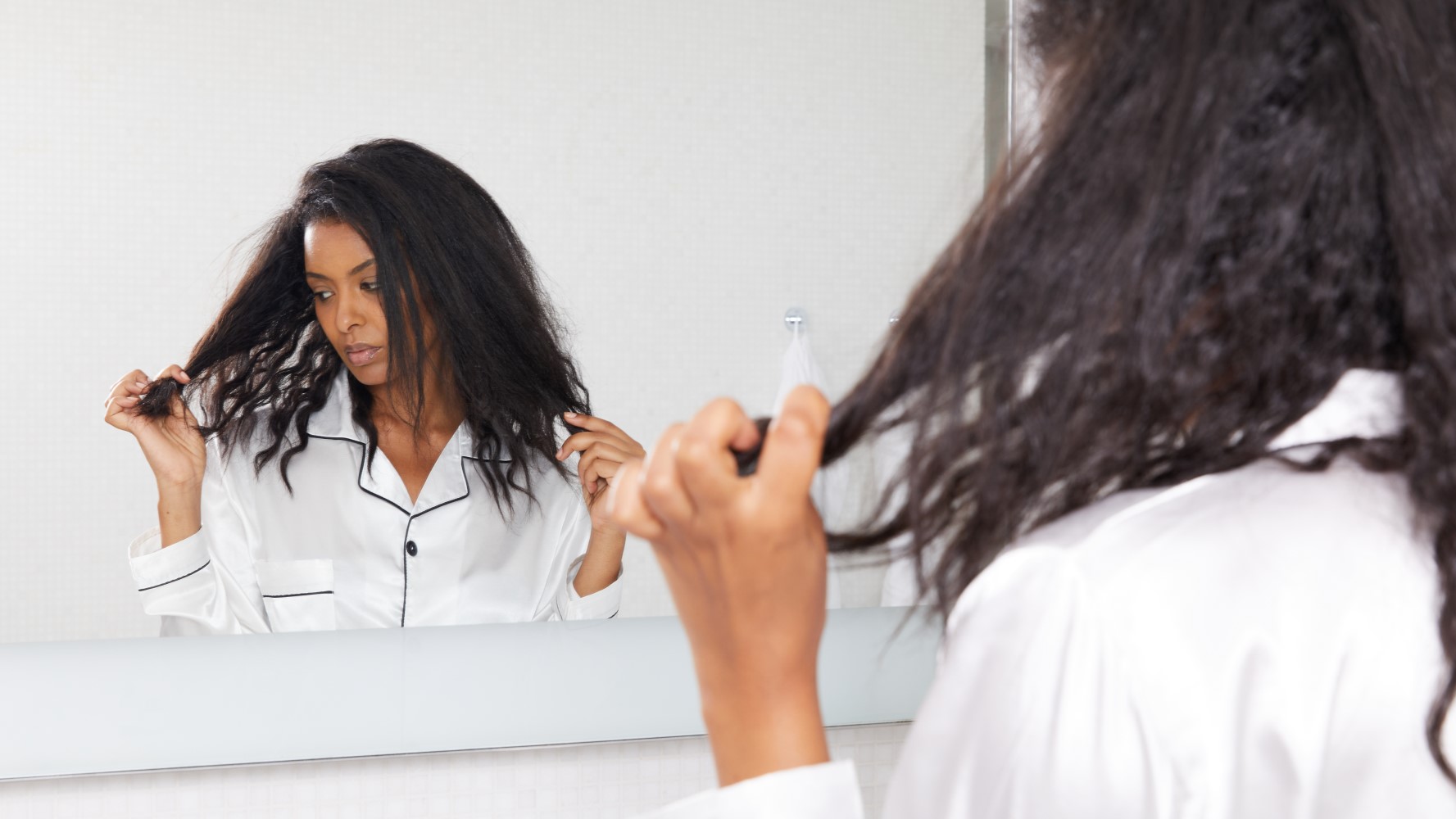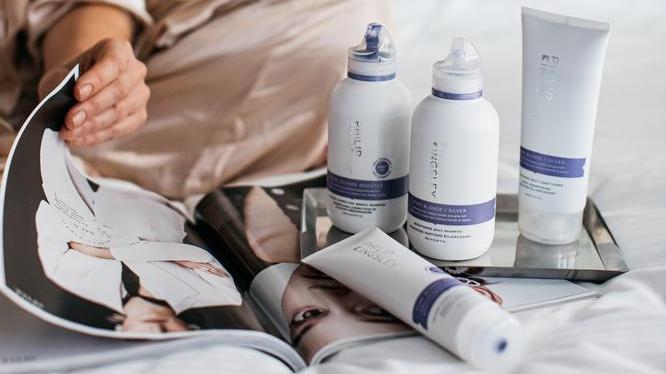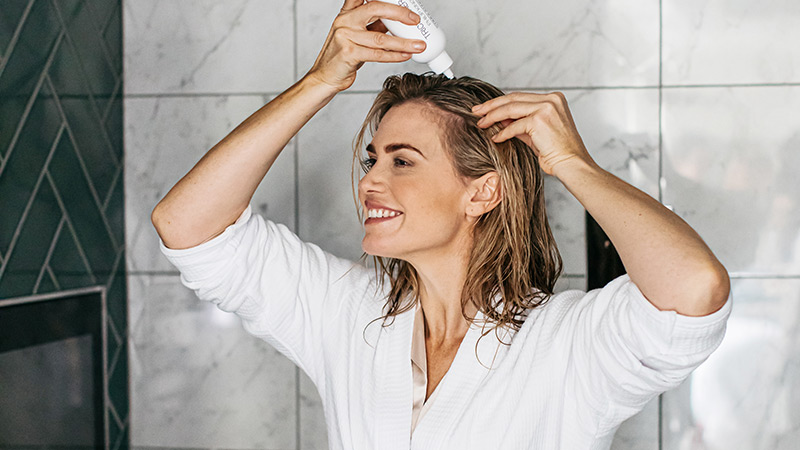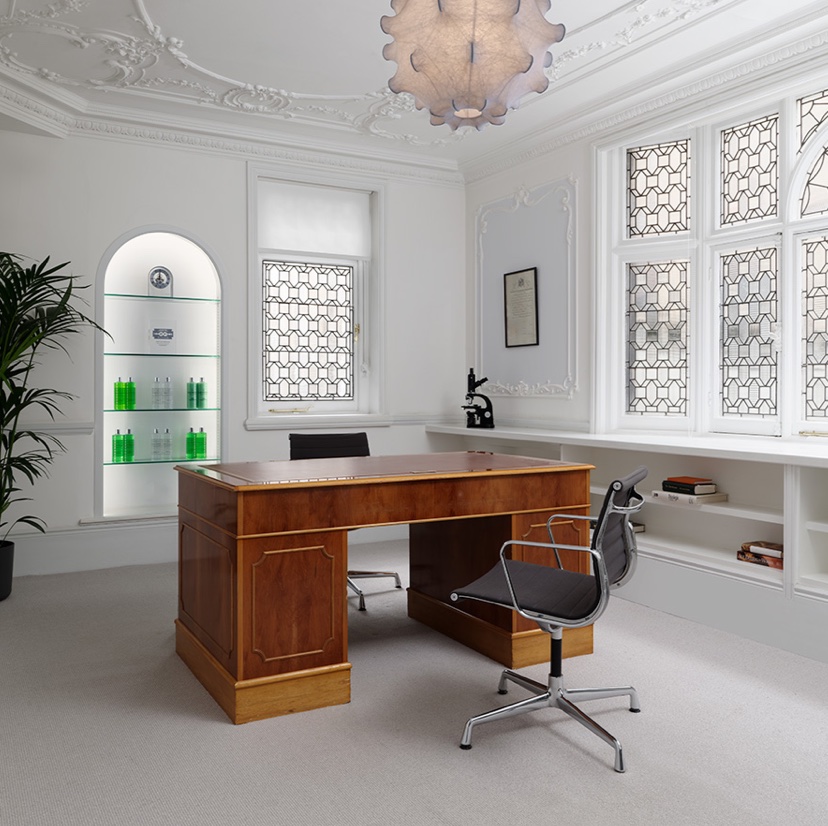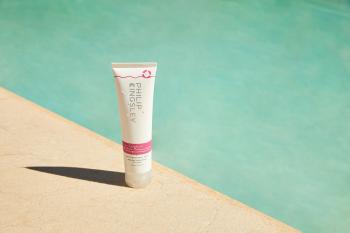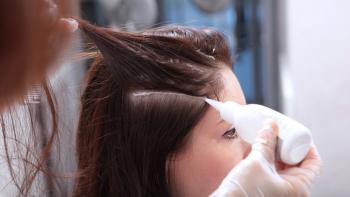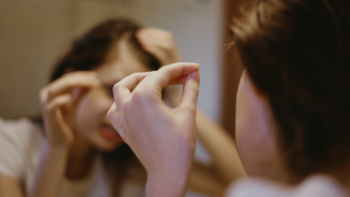Any time you wish to make your hair a lighter shade, you will need to use a bleaching agent. You have probably heard that bleaching and highlighting your hair can damage it. This is true, bleaching agents are hard on your strands. They can make your hair dry, brittle, frizzy-looking and prone to breakage. However, by adopting the right preventative steps, you can keep your hair healthy, hydrated and looking its best if you do decide to go lighter.
Bleaching even has some advantages — the process plumps your individual hair shafts, often making your hair appear thicker and fuller. Furthermore, if you are light-skinned and have thinning hair, bleaching can disguise the contrast between your hair and bare patches of scalp.
How Does Hair Bleaching Work?
Bleach strips the pigment from your hair shaft through the process of oxidation. It is impossible to make your hair a lighter shade without the help of a bleaching (or oxidising) agent.
Hydrogen peroxide and ammonia are the most commonly used bleaching agents. They are often mixed together, for when used separately, they are unstable and very slow in lightening the hair. Do not be fooled by manufacturers who use ‘peroxide-free’ labels as a way to promote their products as ‘hair-friendly’ — although these mixtures do not contain peroxide, they will contain another oxidising agent, which can be just as damaging to your strands.
Why Does Bleaching Damage Your Hair?
Bleaching raises your hair’s outer cuticle to allow the bleaching agent to fully penetrate. Repeated bleaching can permanently raise your cuticle, which allows rapid and continuous loss of moisture from your strands.
Damage from bleaching includes:
- Dry Hair
- Brittle Hair
- Inelastic hair
- Hair that is prone to breakage
- Hair that is prone to split ends
Bleached hair is also more porous, and therefore more vulnerable to other chemical and non-chemical hazards. These include everything from heat-styling with blow-dryers and tongs, to the effects of sun, rain and wind.
While all bleaching agents have a damaging effect on your hair’s protein structure, this is intensified each time the process is undertaken. In other words, the more often you bleach or highlight your hair, the more damaged it will be.
If you are suffering from damaged hair, our Clinics in London and New York specialise in hair and scalp treatment and are here to help.
CLINIC CONSULTATIONS
If you are worried about any form of hair or scalp condition, our Clinics in London and New York specialise in all aspects of hair and scalp health, and will be pleased to welcome you.
How Can You Protect Your Hair If You Bleach It?
Use a Bond Repairing Treatment
Not only does bleaching raise the outer cuticle, it also damages the bonds inside the hair too (hair is made up of three types of bonds: hydrogen, disulfide and salt bonds) causing them to weaken and break, and when the internal structure of the hair is compromised, strands are more likely to split and snap. This is why it's imperative to regularly apply treatments like ourBond Builder Restructuring Treatment that strengthens existing bonds while reconnecting broken ones.
Star ingredient Advanced Bond Rebuilding Technology works within the hair shaft, to protect bonds from damage, leaving bleached locks stronger and more resilient. What's more, strength continues to improve use after use, making it a must-have within every hair care regime (and particularly if you bleach your hair regularly).
Use a Deep-Conditioning Treatment
A pre-shampoo conditioning treatment will plump your hair with moisture, making it more elastic and less likely to snap. An effective pre-shampoo treatment, such as our hero product Elasticizer, will also add shine, manageability and bounce. We recommend using a pre-shampoo conditioning treatment three days before and three days after bleaching or highlighting, and then weekly thereafter.
After Bleaching, Apply a Heat-Protectant when Styling
After bleaching, your hair’s cuticle (outer layer) will be raised, making your hair more vulnerable to moisture evaporation. This is a particular hazard during heat styling. Heat-protectant sprays and serums, such as our Perfecting Primer Heat Protection Spray, will help shield your strands from moisture evaporation under blow-dryers, irons and tongs.
Use a Daily Shield on your Bleached Hair
Wear a lightweight, protective spray or serum throughout the day. These products (like our Daily Damage Defence Leave-In Conditioner) will help keep your strands hydrated, shiny and shielded from environmental damage such as pollution, air conditioning, central heating, wind and UV rays. They will also help seal your cuticles, minimising moisture evaporation from your strands.
Invest in a Good Conditioner
Bleaching raises your hair’s cuticles, causing strands to interlock and tangle easily. Be sure to use a conditioner after every shampoo to flatten the cuticle, seal in moisture, reduce knots, and add shine. For long-lasting colour, try ourPure Colour Conditioner which deeply nourishes colour-treated and chemically processed hair, while adding beautiful body, bounce and shine. What’s more, colour lasts up to 100% longer* and remarkable colour protection for up to 24 washes**.
*Compared to a standard shampoo and conditioner. Lab controlled instrumental test
**Lab controlled instrumental test
Brush Gently
To help prevent breakage, gently detangle bleached hair, starting from the ends and gradually working up to your roots. Do not pull too hard, or else your hair will snap.

